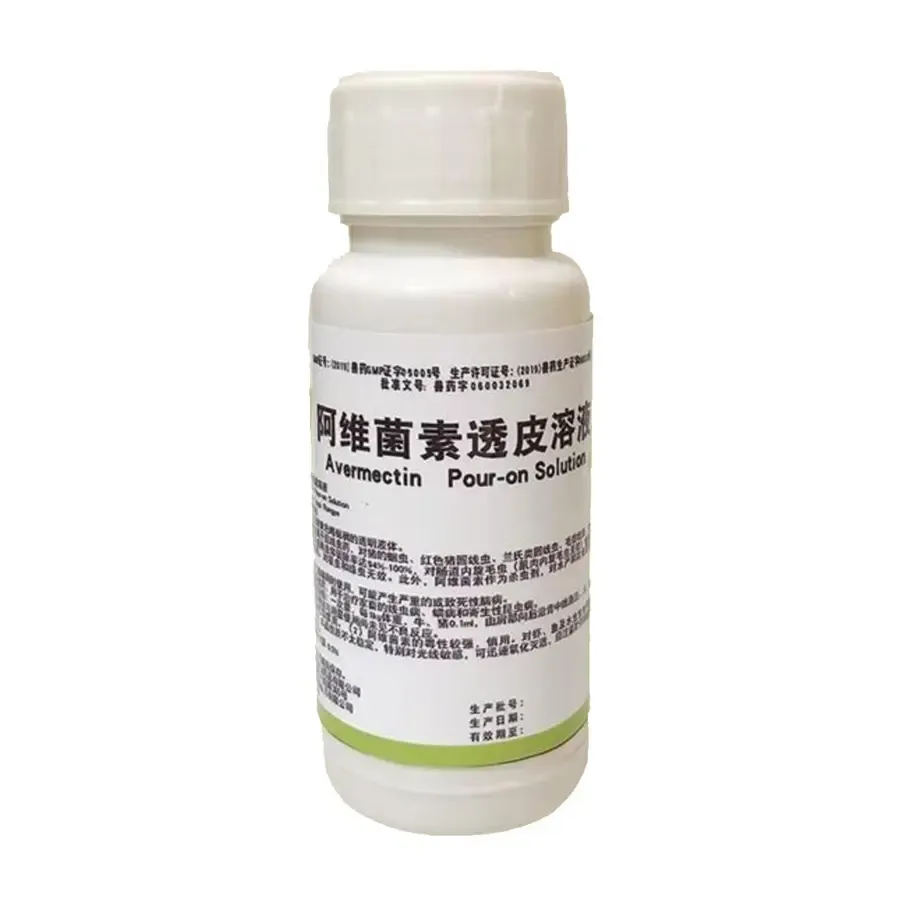- Afrikaans
- Albanian
- Amharic
- Arabic
- Armenian
- Azerbaijani
- Basque
- Belarusian
- Bengali
- Bosnian
- Bulgarian
- Catalan
- Cebuano
- Corsican
- Croatian
- Czech
- Danish
- Dutch
- English
- Esperanto
- Estonian
- Finnish
- French
- Frisian
- Galician
- Georgian
- German
- Greek
- Gujarati
- Haitian Creole
- hausa
- hawaiian
- Hebrew
- Hindi
- Miao
- Hungarian
- Icelandic
- igbo
- Indonesian
- irish
- Italian
- Japanese
- Javanese
- Kannada
- kazakh
- Khmer
- Rwandese
- Korean
- Kurdish
- Kyrgyz
- Lao
- Latin
- Latvian
- Lithuanian
- Luxembourgish
- Macedonian
- Malgashi
- Malay
- Malayalam
- Maltese
- Maori
- Marathi
- Mongolian
- Myanmar
- Nepali
- Norwegian
- Norwegian
- Occitan
- Pashto
- Persian
- Polish
- Portuguese
- Punjabi
- Romanian
- Russian
- Samoan
- Scottish Gaelic
- Serbian
- Sesotho
- Shona
- Sindhi
- Sinhala
- Slovak
- Slovenian
- Somali
- Spanish
- Sundanese
- Swahili
- Swedish
- Tagalog
- Tajik
- Tamil
- Tatar
- Telugu
- Thai
- Turkish
- Turkmen
- Ukrainian
- Urdu
- Uighur
- Uzbek
- Vietnamese
- Welsh
- Bantu
- Yiddish
- Yoruba
- Zulu
Dis . 11, 2024 04:31 Back to list
Effects of Tilmicosin Phosphate on Poultry Health and Production Performance
The Role of Tilmicosin Phosphate in Poultry Health Management
Tilmicosin phosphate is an antibiotic used extensively in veterinary medicine, especially in poultry production. As the global demand for poultry products continues to rise, ensuring the health and productivity of flocks is of paramount importance. Tilmicosin has emerged as a strategic tool in managing respiratory diseases in poultry, which can significantly impact growth rates, feed efficiency, and overall flock health.
Mechanism of Action
Tilmicosin is a semi-synthetic macrolide antibiotic that works primarily by inhibiting bacterial protein synthesis. It is particularly effective against various gram-positive bacteria and some gram-negative bacteria, which are common culprits in respiratory infections among poultry. By interfering with the ribosomal function of these microorganisms, tilmicosin effectively reduces the bacterial load in infected birds, leading to improved clinical signs and a decrease in morbidity and mortality.
Its primary targets include pathogens such as Mycoplasma gallisepticum, Pasteurella multocida, and Actinobacillus pleuropneumonia, all of which are known for causing significant economic losses in poultry farming. Tilmicosin's long half-life allows for prolonged therapeutic effects, making it a convenient option for farmers looking to manage outbreaks without frequent dosing.
Application in Poultry Farming
In practice, tilmicosin phosphate is administered through drinking water or feed, allowing for easier integration into existing farming practices. The ability to medicate on a mass scale facilitates treatment for whole flocks, ensuring that all birds, regardless of their health status, receive adequate doses. This is particularly vital in the case of respiratory diseases that can spread rapidly in close quarters.
In addition to its therapeutic use, tilmicosin phosphate can also serve a preventive role. Poultry farmers often incorporate it into feed to reduce the incidence of disease during stressful periods, such as during transportation or after vaccination. The proactive use of tilmicosin can lead to improved overall health and productivity, and it can help maintain the wellbeing of the birds, which is critical for meeting market demands.
tilmicosin phosphate in poultry

Economic Impact
The economic implications of using tilmicosin phosphate in poultry are significant. Respiratory diseases can cause substantial losses through increased mortality, decreased growth rates, and reduced feed conversion efficiency. By effectively managing these diseases with antibiotics like tilmicosin, farmers can ensure healthier flocks that grow more efficiently, thus maximizing profits. Additionally, reducing the incidence of disease also minimizes the need for more expensive treatments and interventions, which can further enhance the profitability of poultry operations.
Furthermore, a healthy flock contributes to better product quality, including meat and egg production. High-quality poultry products are essential in meeting consumer expectations and enhancing market competitiveness. By using tilmicosin phosphate responsibly, poultry producers can cultivate a reputation for high standards and product reliability.
Considerations and Responsible Use
Despite its benefits, the use of tilmicosin phosphate is not without its challenges. The growing concern over antibiotic resistance has led to increased scrutiny of antibiotic use in livestock. It is crucial for poultry producers to follow guidelines and recommendations regarding the use of tilmicosin and other antibiotics to minimize the risk of developing resistant strains of bacteria.
Producers should also employ integrated health management practices, including good biosecurity measures, vaccination programs, and appropriate nutrition, to reduce the reliance on antibiotics. This holistic approach to health management can help ensure the sustainability of poultry production and protect animal welfare while also addressing public health concerns.
Conclusion
Tilmicosin phosphate plays a vital role in the health management of poultry, addressing key respiratory diseases that threaten flock wellbeing and productivity. By understanding its mechanism of action, application methods, and economic impact, poultry producers can make informed decisions that benefit their operations. However, responsible use and adherence to best practices are imperative to ensure that the benefits of this antibiotic can be enjoyed without compromising the future of poultry farming or public health. With careful management, tilmicosin phosphate can continue to be an essential tool in maintaining the health and productivity of poultry flocks worldwide.
-
Guide to Oxytetracycline Injection
NewsMar.27,2025
-
Guide to Colistin Sulphate
NewsMar.27,2025
-
Gentamicin Sulfate: Uses, Price, And Key Information
NewsMar.27,2025
-
Enrofloxacin Injection: Uses, Price, And Supplier Information
NewsMar.27,2025
-
Dexamethasone Sodium Phosphate Injection: Uses, Price, And Key Information
NewsMar.27,2025
-
Albendazole Tablet: Uses, Dosage, Cost, And Key Information
NewsMar.27,2025













